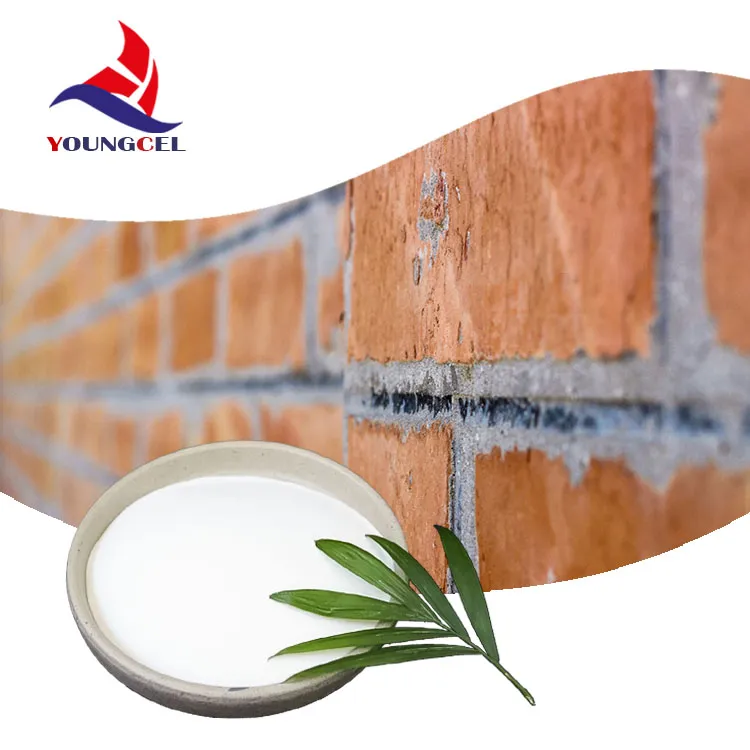Exploring Tylos HPMC A Versatile Polymer in Pharmaceuticals
Hydroxypropyl Methylcellulose (HPMC) is a modified cellulose polymer derived from natural cellulose. One of its prominent brands is Tylos, known for its versatile applications, particularly in the pharmaceutical industry. Tylos HPMC is a key excipient, used in various formulations ranging from tablets to coatings, offering unique properties that enhance the performance and effectiveness of pharmaceutical products.
Chemical Structure and Properties
Tylos HPMC is synthesized through the reaction of cellulose with propylene oxide and methyl chloride. This modification imparts hydrophilic properties to the polymer, allowing it to readily dissolve in water and swell to form gels. The degree of substitution of the hydroxyl groups determines the physical and chemical properties of the Tylos HPMC, which can be tailored to meet specific formulation needs.
One of the standout features of Tylos HPMC is its ability to form a viscous gel upon hydration. This property is particularly valuable in controlling the release of active pharmaceutical ingredients (APIs) in sustained-release formulations. The gel matrix can effectively modulate the release rate, ensuring that the drug is delivered over an extended period, thus enhancing therapeutic efficacy and patient compliance.
Applications in Pharmaceuticals
1. Tablet Formulation Tylos HPMC is widely used as a binder and disintegrant in tablet formulations. Its ability to improve the flow properties of powders helps in achieving consistent tablet weight and uniformity. Furthermore, when used as a binder, it enhances the mechanical strength of the tablets, minimizing the risk of breakage during handling and transport.
tylos hpmc

2. Controlled Release Systems One of the most significant advantages of Tylos HPMC is its role in controlled release systems. By incorporating Tylos HPMC into matrix tablets, formulators can create a sustained release profile, allowing drugs to be released gradually over time. This is particularly beneficial for medications that require steady plasma levels to maintain effectiveness.
3. Coatings Tylos HPMC is also utilized in film coating applications for tablets and other dosage forms. Its film-forming ability provides a protective layer, shielding the API from moisture and light, which can degrade the product. Additionally, coatings containing Tylos HPMC can mask unpleasant tastes or odors, improving patient adherence to medication regimens.
4. Gel Formulations In topical applications, Tylos HPMC is employed to create gels and ointments. Its rheological properties contribute to the stability and consistency of these formulations, making Tylos HPMC an ideal choice for creating delivery systems that hydrate and protect the skin while delivering active ingredients.
Advantages Over Other Excipients
Compared to other excipients, Tylos HPMC boasts several advantages. It is non-toxic, biocompatible, and does not interfere with the active ingredients, which is crucial for maintaining the efficacy of drug formulations. Its excellent hydrophilic character makes it suitable for a wide range of pH levels, increasing its versatility in different formulations.
Conclusion
Tylos HPMC stands out as a valuable excipient in the pharmaceutical industry, driven by its unique properties and versatility. Its role in enhancing drug formulations—whether through improving tablet integrity, controlling release profiles, or providing effective coatings—demonstrates the importance of selecting the right polymer for pharmaceutical applications. As the industry continues to evolve with new formulations and delivery systems, Tylos HPMC remains a reliable and effective choice for formulators striving to develop innovative and patient-friendly medications.
-
Premium Detergent Grade HPMC Hydroxypropyl Methylcellulose: Superior Thickening & StabilityNewsAug.31,2025
-
HEC 100000 Hydroxyethylcellulose for Paint | Superior ThickeningNewsAug.30,2025
-
Wall Putty Rdp Powder Packaging DesignNewsAug.29,2025
-
Introduction to Hpmc Hydroxypropyl Methyl CellulosNewsAug.29,2025
-
Hpmc Industri Grade IntegrationNewsAug.29,2025
-
How to Choose the Right Construction AdhesiveNewsAug.29,2025




